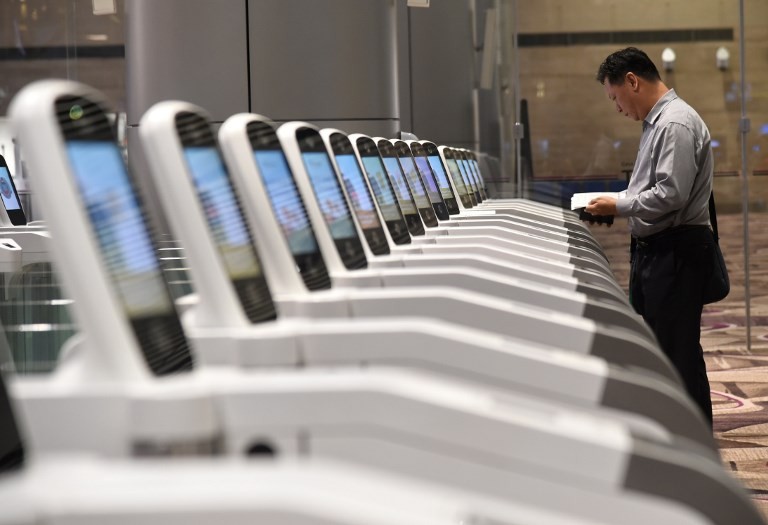Iris Scan Trials At 3 Land & Sea Checkpoint In Singapore To Boost Border Security
As we gradually move on to contactless everything, iris scans will be introduced at 3 Singapore checkpoints to better secure our borders.
The trials will be run at Woodlands & Tuas checkpoints, as well as Tanah Merah Ferry Terminal, to boost identity verification methods for Singaporeans and Permanent Residents.
Officers will now scan travellers’ iris images in addition to fingerprint verification, for now.
If initial trials are successful, iris scanning could “eventually replace thumbprint checks”, said security experts.
Here are some reasons why the implementation of eye scans might not be such a bad idea after all.
1. Bid farewell to oily fingerprint reader
One of the most annoying things about our automated clearance gates, are the greasy fingerprint panels.
To make things worse, users have to re-scan their fingerprint when they have dry skin — holding up everyone in the queue.
The iris technology could potentially scan irises covertly, as opposed to the scanning of thumbprints which necessitates active participation from travellers.
2. A non-intrusive method
Immigration and Checkpoints Authority (ICA) has been collecting iris images since the beginning of last year.
This is done when people apply or renew their passport, or register/re-register for an identity card.
Prior to that, amendments had to be made to the National Registration Act (NRA) in November 2006 to allow ICA to collect personal identification data aside from photographs and fingerprints.
It does not include blood samples, through invasive means.
Being contactless and non-intrusive, iris scans are a more hygienic option compared with fingerprint scanning.
3. Eases queue at checkpoints
As a global hub for air travel, there is a rising need for Singapore to adopt efficient technology to make immigration clearance a breeze for everyone.
Since the early 2000s, Netherlands and Germany have been using eye scans at their borders.
Some travellers also gave ICA feedback that they found the automated clearance gates at checkpoints difficult to operate.
Worse still, some expressed frustration when people queuing up behind them had to be redirected to the manned counters.
Iris scanning will definitely help to ease queues at the checkpoints, if executed correctly.
4. A step ahead of security threats
An individual’s appearance can change over time. Their fingerprints may also wear out over time as they age, or are involved in plenty of manual work.
Newer technologies like iris scan will help ICA to stay ahead of security threats such as transnational terrorists and criminals who are constantly improvising their tactics to bypass detection at the borders.
5. Harder to replicate
Iris patterns are generally harder to replicate than fingerprints.
Thus, iris scanning could eventually replace thumbprint checks at Singapore checkpoints as a more effective biometric identity verification tool.
Cost is still a concern
No doubt, iris scanning technology is more efficient than it used to be.
But the high costs involved remain a barrier — it is easily 5 times more expensive than fingerprint verification systems.
However, it is just a matter of time before the technology is widely applied, after which costs will hopefully decrease.
All eyes are on Singapore as she begins her move towards a two-system verification process, with iris scanning and facial recognition tech on the horizon.
Featured image from The Jakarta Post.










